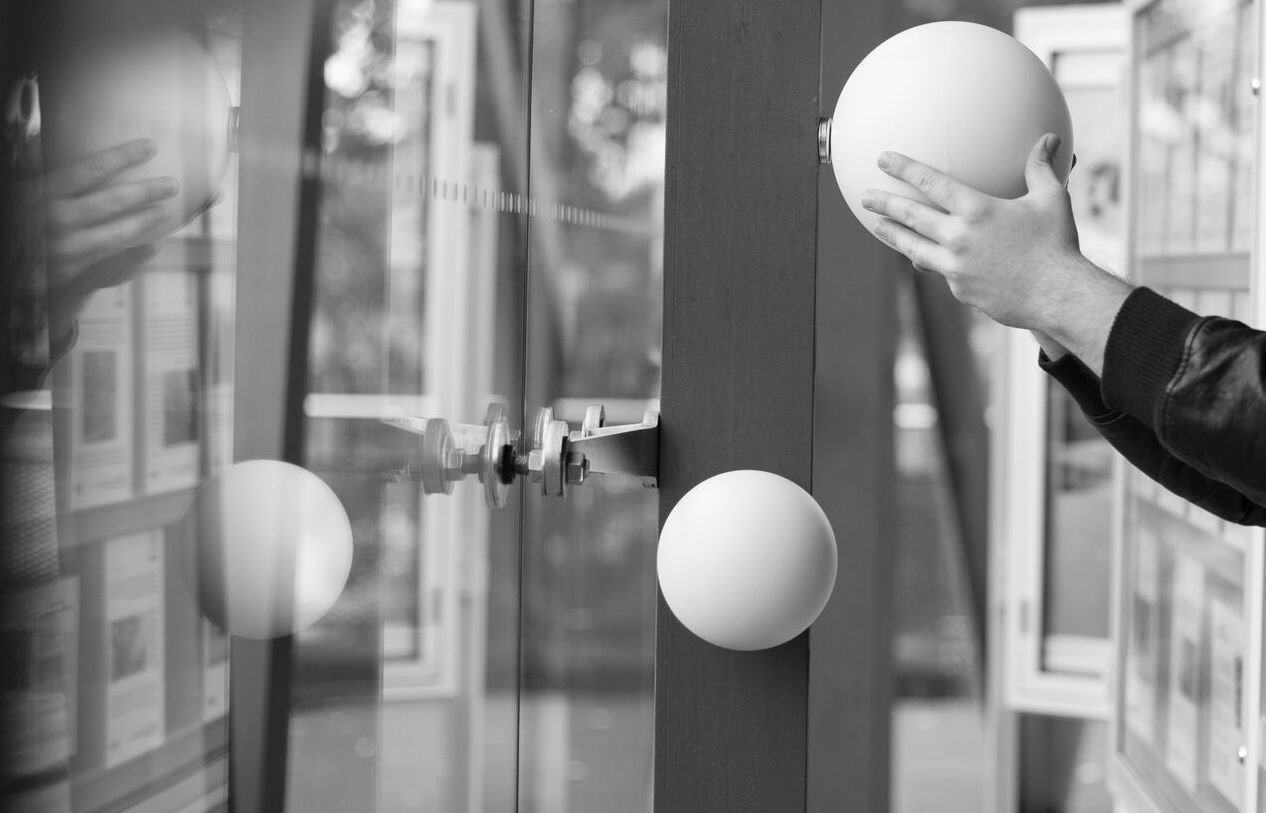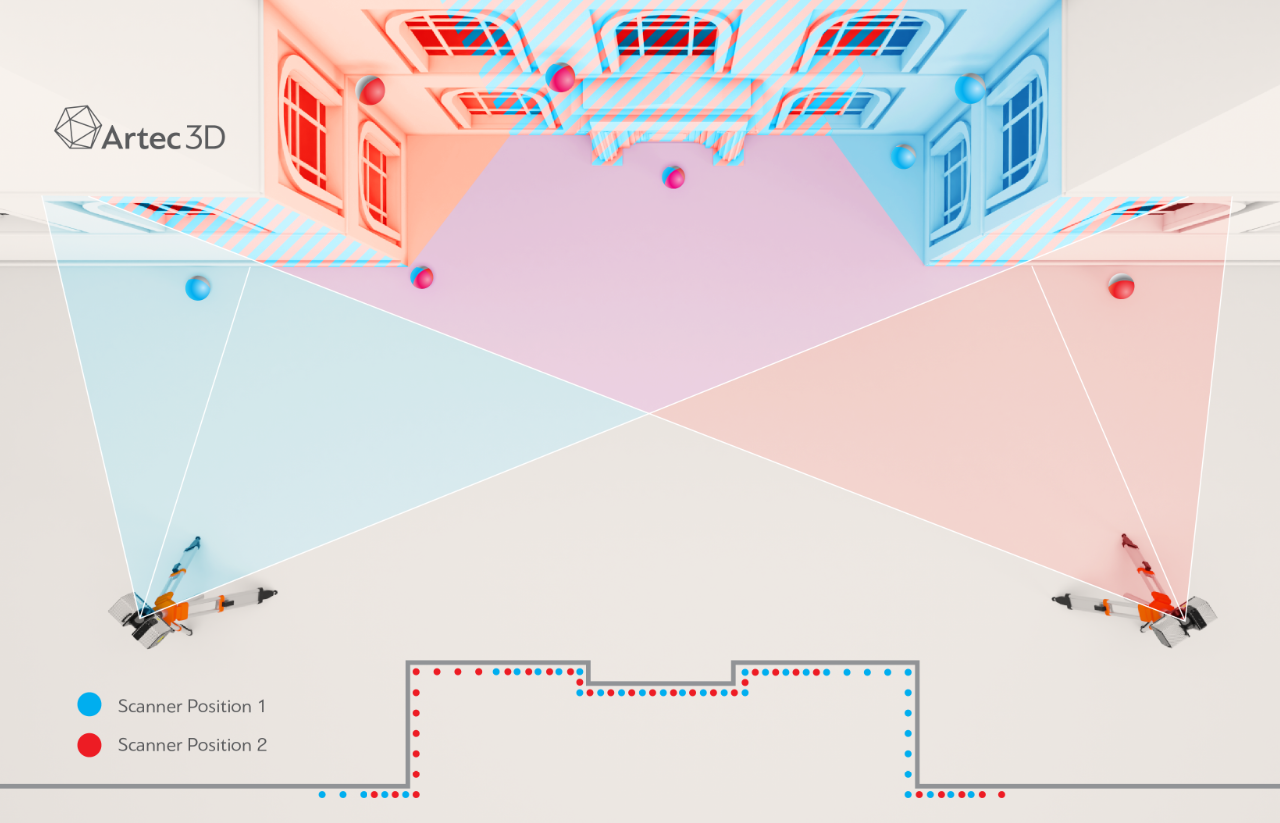Preparation¶
Place the scanner where you intend to scan the object or area.
Ensure your computer or mobile device is connected to Artec Ray II and the scanner is turned on.
Estimate an approximate distance to the surfaces you want to scan.
Important
For the highest accuracy, turn on the scanner 5 to 10 minutes before you begin so it can reach a stable operating temperature.
Choose Scanning Site¶
When choosing an optimal place to scan, ensure the following:
The site has enough room (a circle measuring at least 10 meters in diameter).
The scanner is protected from moisture or rain.
You have a place to wait outside the scanner’s field of view while it is capturing the scene.
The premises have power outlets to charge your laptop and batteries.
Prepare Objects and Scene¶
Since a lidar scanner measures reflected beams, the beams must reflect in approximately the same direction they are emitted. Surface reflectivity is an important factor for measurement accuracy. The table below lists a few surface types that may pose difficulties when scanning, as well as measures you can implement to compensate.
Type |
Recommendations |
|---|---|
Objects smaller than 5 centimeters at a distance of 100 meters |
Use Eva or Spider |
Plaster, bones, marble, granite and other types of stone |
Apply spray. Consult the FAQ for more details. |
Transparent and translucent surfaces |
Increase Sensitivity or measure 1 their transparency and apply spray as necessary |
Reflective or black surfaces (also dark green and dark blue) |
Increase Sensitivity or/and apply spray |
Surfaces lit by direct sunlight |
Shelter them from the sun and increase Sensitivity |
- 1
Although a surface may appear non-transparent to the human eye, the laser beam may penetrate it to some extent. You can approximate the object’s transparency by using a laser pointer and inspecting the spot of the laser beam on the object surface:
If the spot is a focused point, the transparency is low.
If the spot is large and has blurred contours, the material is probably transparent.
Place Spheres¶
Almost every object must be scanned from several viewpoints. When scanning large scenes, a successful alignment requires immobile reference objects (spheres) in each scan from each viewpoint.
When placing spheres, keep the following in mind:
The spheres must not form a line in any particular viewpoint.
The greater the distance to Artec Ray II, the more the spheres are necessary (smaller ones should be in the middle of the scene, whereas larger ones should be at the far ends).
Do not obstruct a sphere’s north pole.

Figure 16 Placing spheres.¶
Define Scanning Viewpoints¶
Depending on the object or scene you are scanning, decide how many scanning points (viewpoints) you need and where you will locate them. Below are some practical recommendations:
Ensure that the viewpoints together cover the entire object and that each one covers as much of the object as possible.
Ensure that no fewer than five spheres are visible from each viewpoint.
Avoid moving targets when changing viewpoints.
Avoid placing the scanner closer than 5 meters from the object.
Adjust the scanner height so it can see all areas of the scene.

Figure 17 Two viewpoints of a scene containing spheres.¶
Check & Adjust procedure¶
To evaluate the accuracy of Artec Ray II we recommend performing Check & Adjust procedure which can detect the current accuracy and improve it by adjusting the angular parameters of scanner. This will result in a more precie output.
For the detailed information regarding the performing Check & Adjust procedure, please refer to the Check & Adjust Manual.